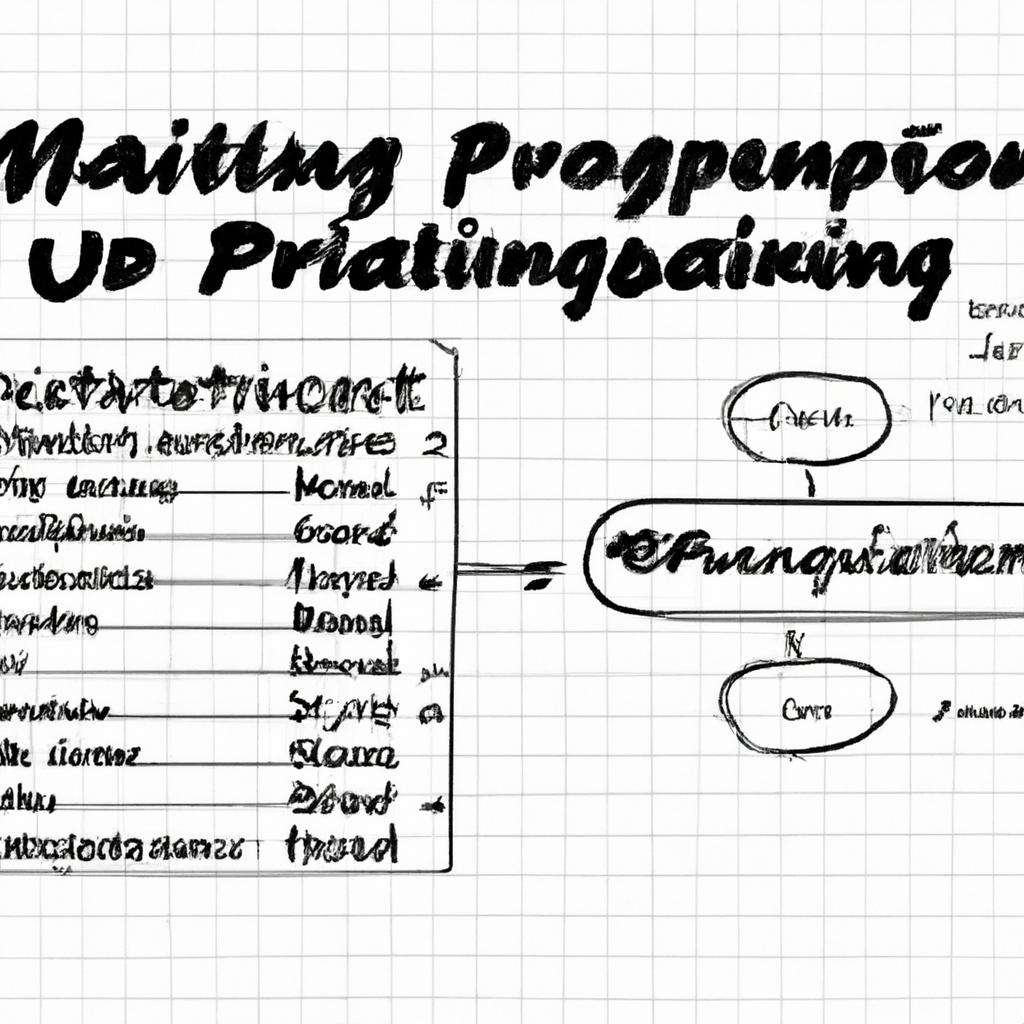**”Periodization Explained: How to Structure Your Weightlifting Program for Maximum Gains”**
# Periodization Explained: How to Structure Your Weightlifting Program for Maximum Gains
When it comes to weightlifting, many individuals find themselves struggling to achieve their fitness goals. One effective solution to this problem lies in a well-structured training approach known as periodization. This method allows lifters to maximize their gains by systematically varying their training intensity, volume, and focus over specific periods. In this blog post, we will explore the concept of periodization, how to implement it in your weightlifting program, and the benefits it offers for both performance and overall health.
## What is Periodization?
Periodization is a systematic approach to training that divides your workout program into distinct phases, each with specific goals and objectives. The primary aim of periodization is to prevent plateaus, reduce the risk of injury, and ensure that your body adapts optimally to the stresses of training.
### Types of Periodization
There are several types of periodization models, but the most common are:
1. **Linear Periodization**: This model involves gradually increasing the intensity of workouts while decreasing the volume over time. For example, a lifter may start with higher repetitions at a lower weight and progressively move to lower repetitions at a higher weight.
2. **Non-linear (Daily Undulating) Periodization**: This approach allows for more frequent variations in intensity and volume within a week. For instance, a lifter might perform heavy, moderate, and light sessions all within the same week, targeting different muscle groups and energy systems.
3. **Block Periodization**: This method focuses on training specific skills or qualities in dedicated blocks, such as hypertrophy, strength, and power. Each block lasts several weeks, allowing for focused training without deviating from the main goal.
## Implementing Periodization in Your Weightlifting Program
To effectively implement periodization into your weightlifting routine, consider the following steps:
### Define Your Goals
Before you begin, identify your specific objectives, such as muscle gain, strength improvement, or endurance enhancement. This will guide the structure of your program.
### Create a Training Calendar
Map out a training calendar that includes the different phases of your periodized program. Each phase should last anywhere from 3 to 12 weeks, depending on your goals.
### Monitor Progress and Adjust
Regularly assess your progress to ensure that you are on track to meet your goals. Be prepared to adjust your program as needed, based on performance and recovery.
## Nutrition Tips
Nutrition plays a crucial role in supporting a periodized weightlifting program. Here are some essential tips to keep in mind:
1. **Prioritize Protein**: Aim to consume adequate protein to support muscle repair and growth. A general guideline is to consume 1.6 to 2.2 grams of protein per kilogram of body weight daily.
2. **Carbohydrate Timing**: Incorporate carbohydrates around your workouts to fuel performance and aid recovery. Consume complex carbohydrates before training and simple carbohydrates post-workout.
3. **Hydration is Key**: Staying hydrated is crucial for optimal performance. Aim to drink water throughout the day and consider electrolyte supplements during intense training sessions.
4. **Micronutrients Matter**: Ensure your diet is rich in vitamins and minerals to support overall health and recovery. Include a variety of fruits and vegetables to cover your micronutrient needs.
## Exercise Advice
To maximize the benefits of periodization, consider these exercise tips:
1. **Incorporate Variety**: Include different exercises targeting the same muscle groups to prevent adaptation. This can keep your workouts fresh and engaging.
2. **Listen to Your Body**: Pay attention to signs of fatigue or overtraining. If you feel excessively sore or fatigued, consider adjusting your training volume or intensity.
3. **Focus on Form**: Prioritize proper technique over lifting heavier weights. This not only reduces the risk of injury but also ensures effective muscle engagement.
4. **Rest and Recovery**: Schedule rest days and active recovery periods to allow your muscles to repair and grow stronger. Consider incorporating practices like yoga or foam rolling.
## Health Benefits
Implementing a periodized weightlifting program not only improves your physical performance but also offers various health benefits, including:
1. **Increased Muscle Strength**: By targeting different muscle fibers and energy systems, periodization enhances overall strength and muscle size.
2. **Enhanced Metabolic Rate**: Regularly varying your workout intensity can boost your metabolism, aiding in fat















Post Comment